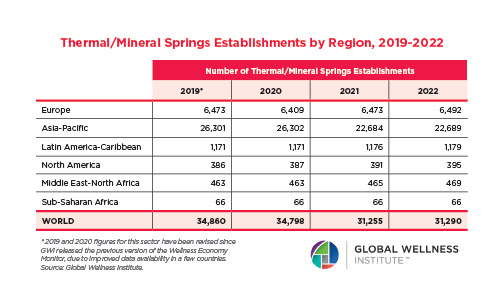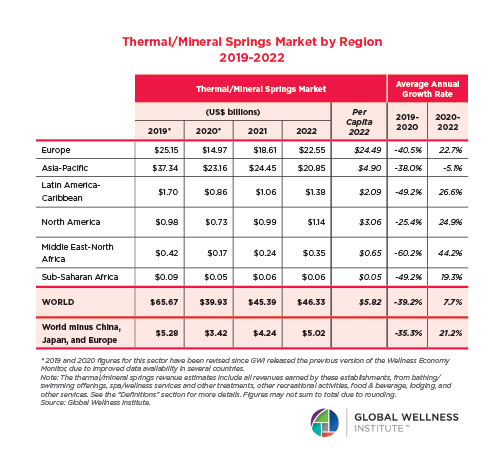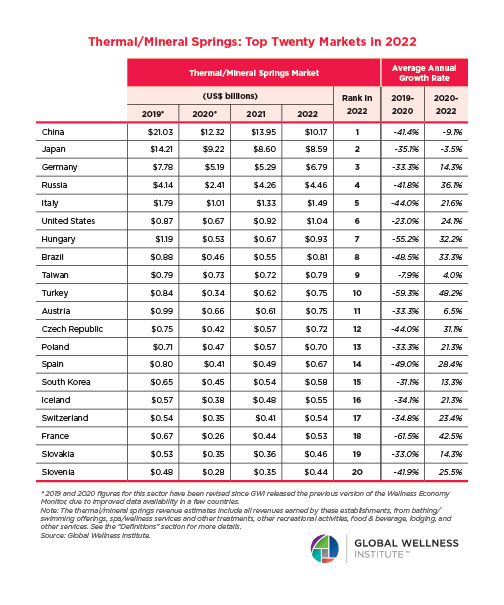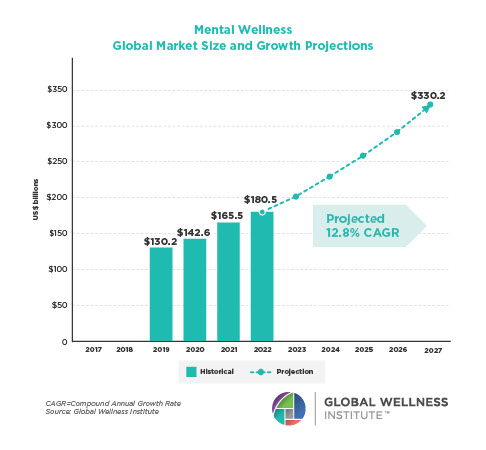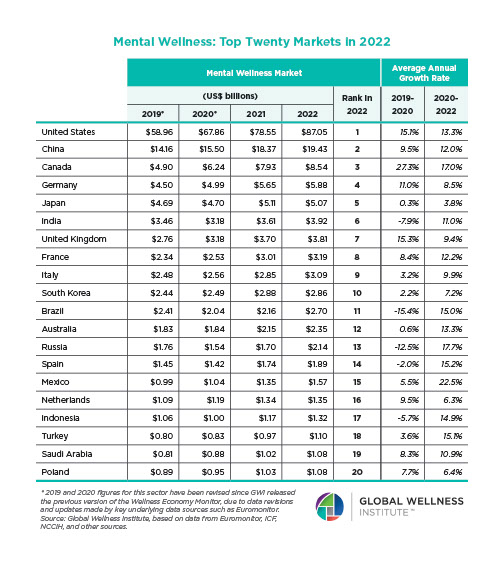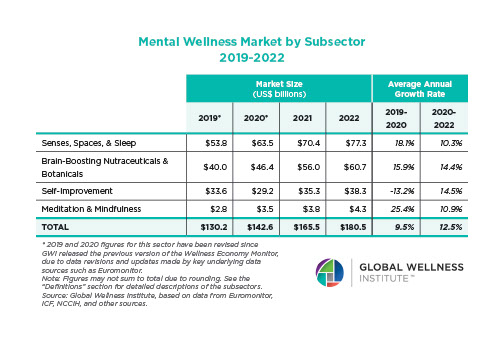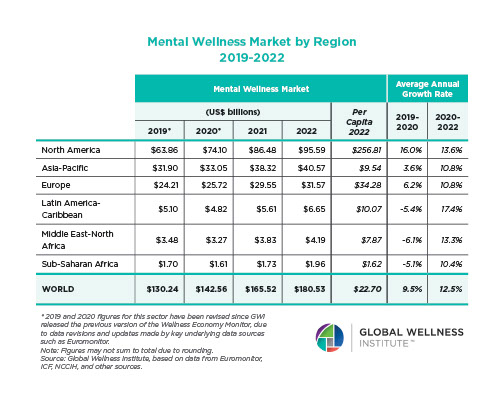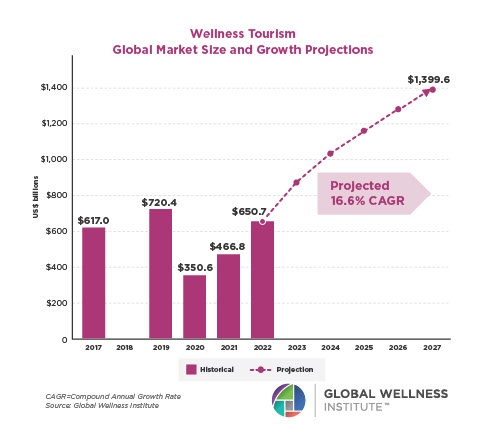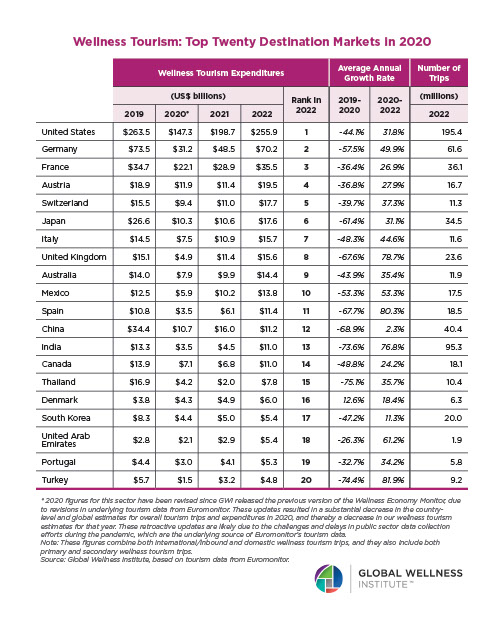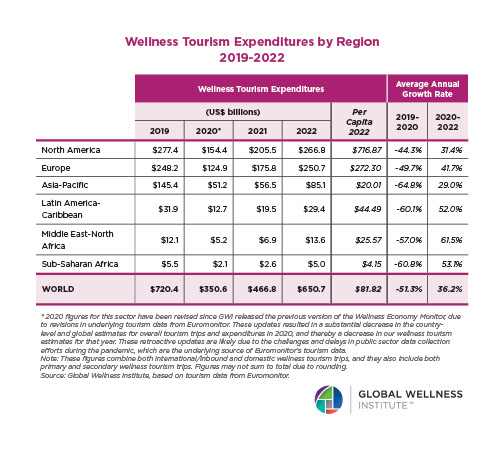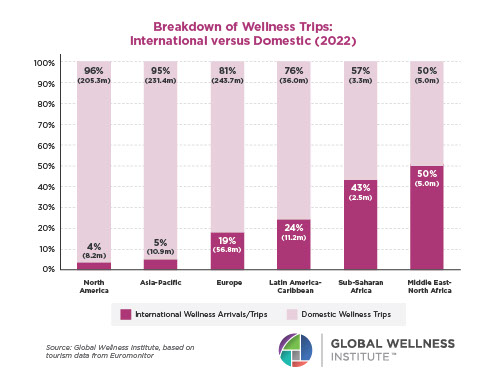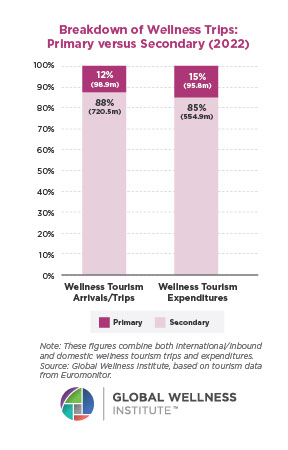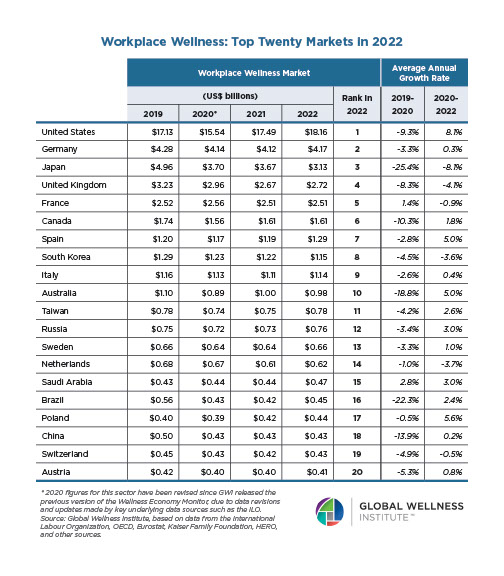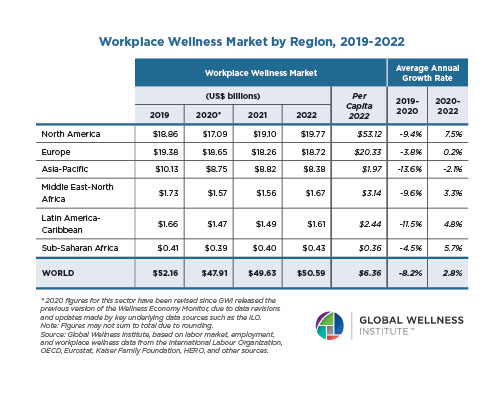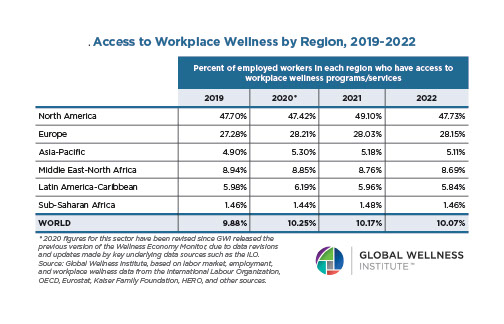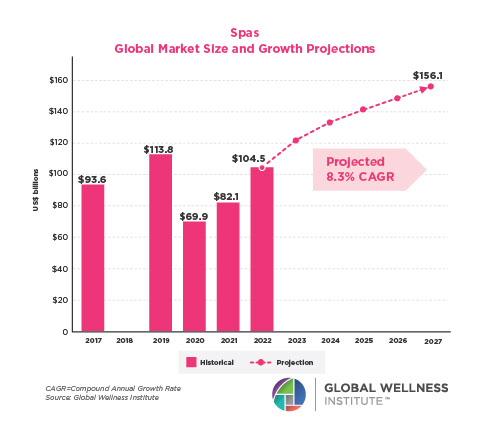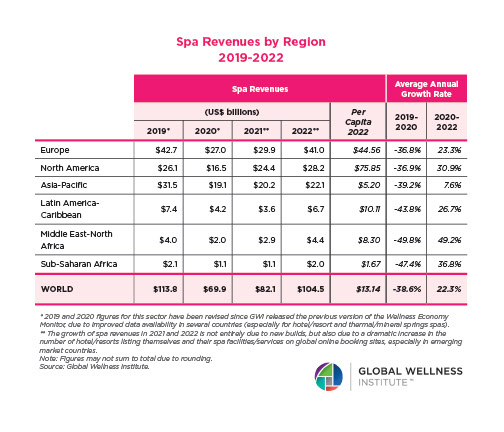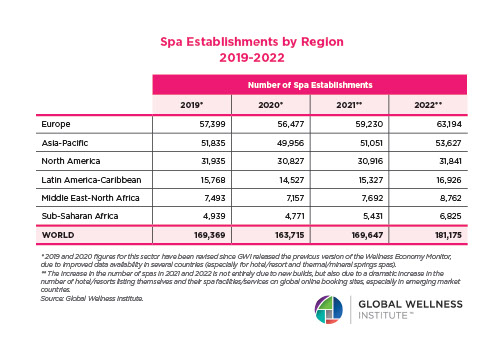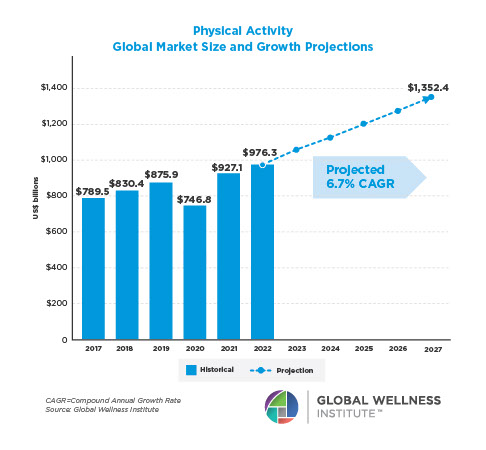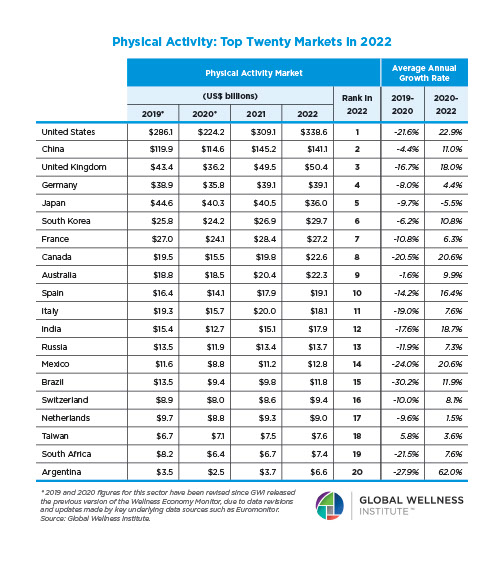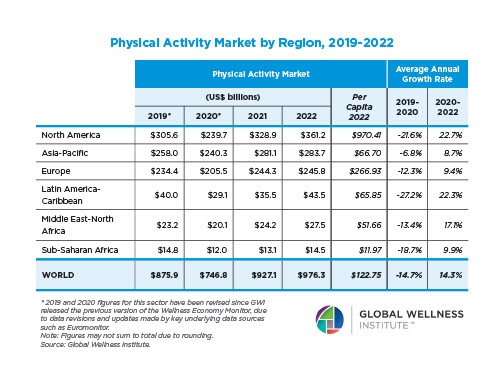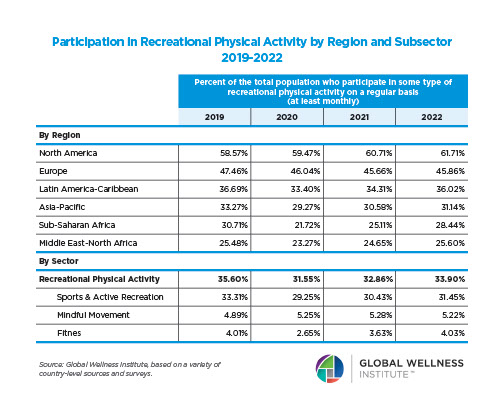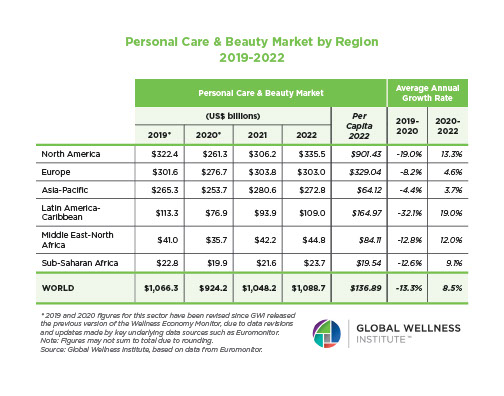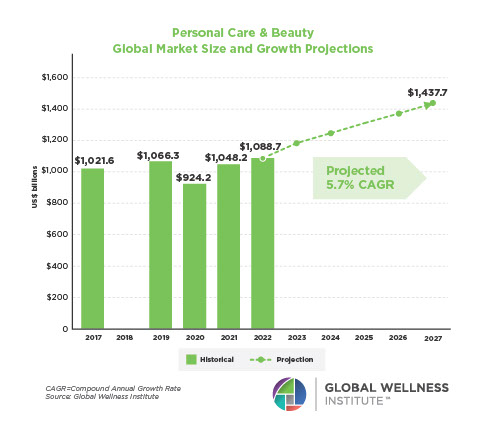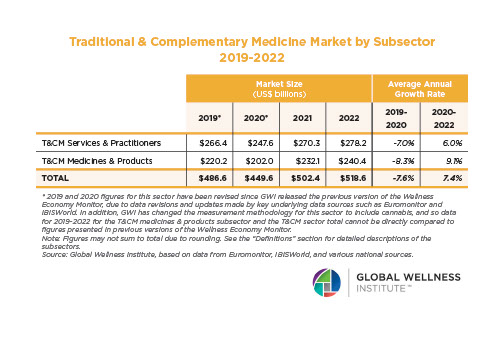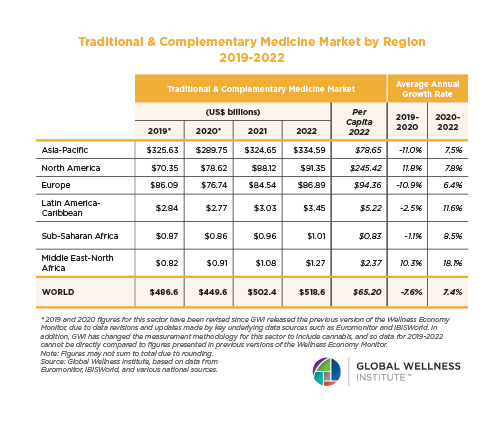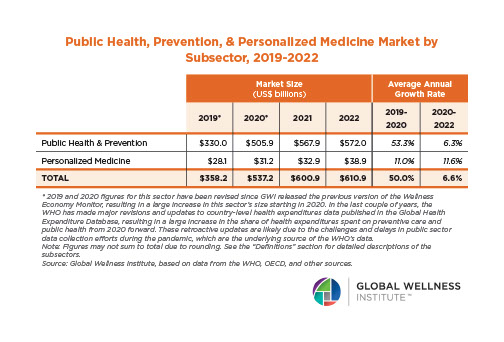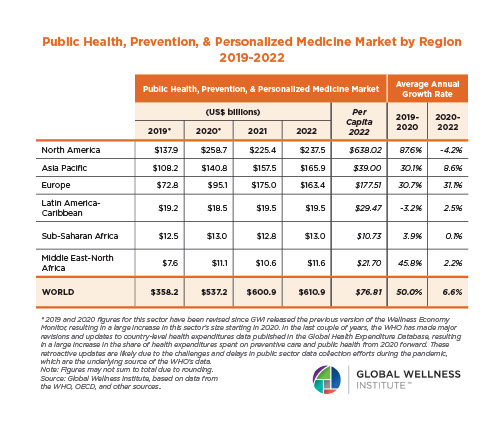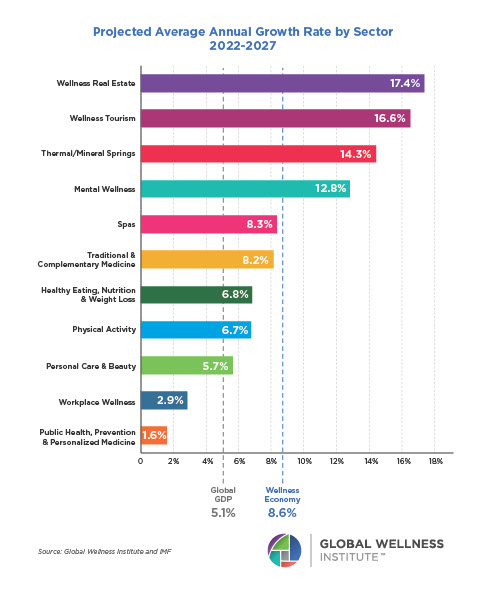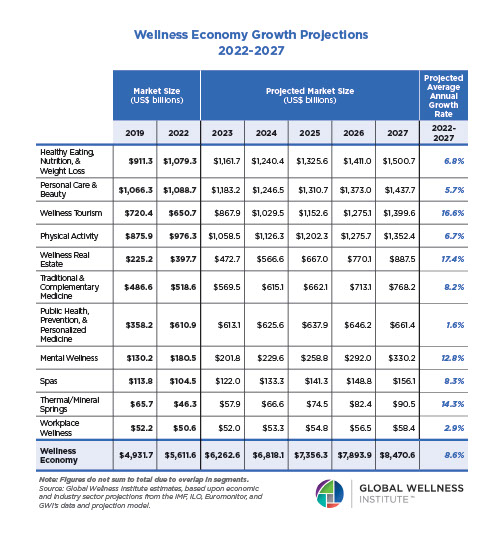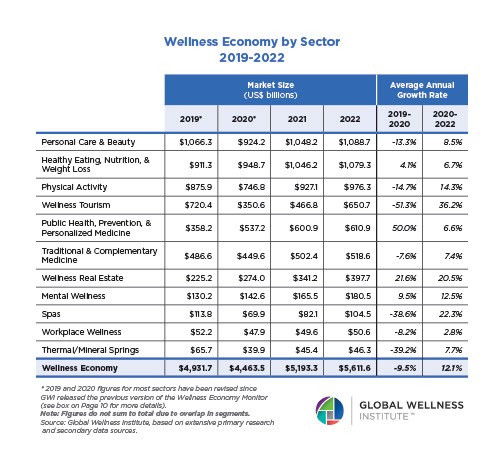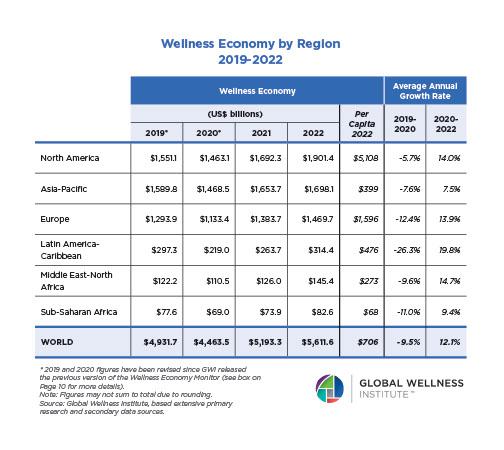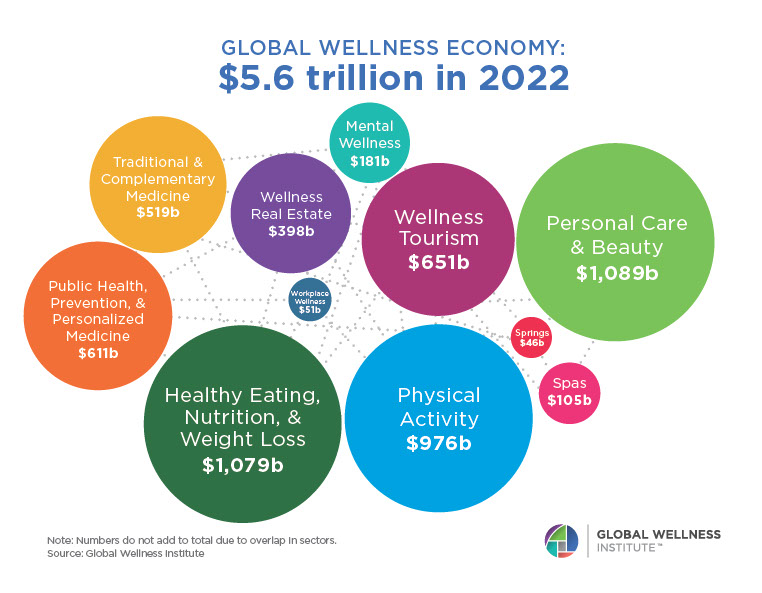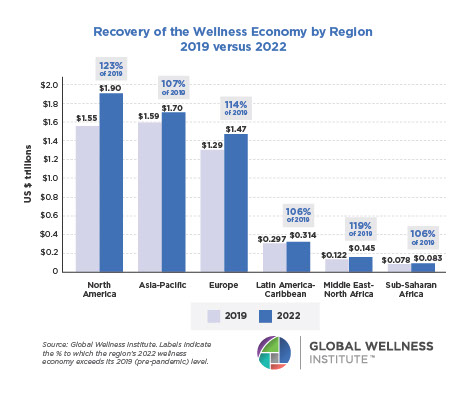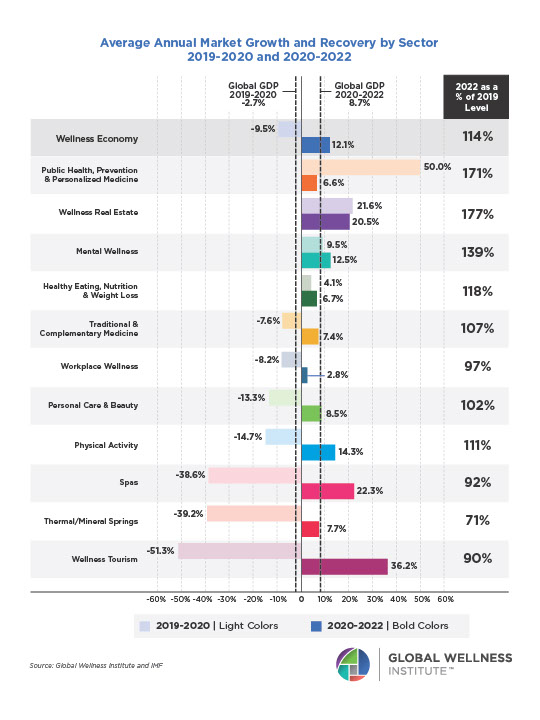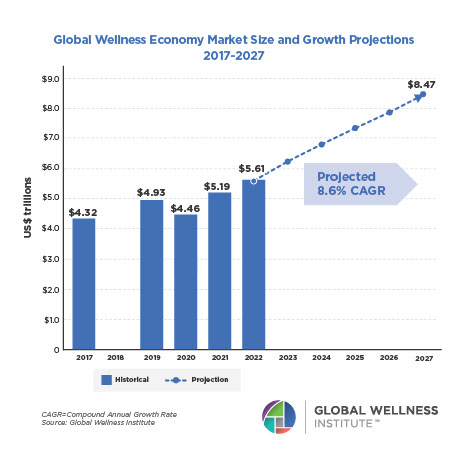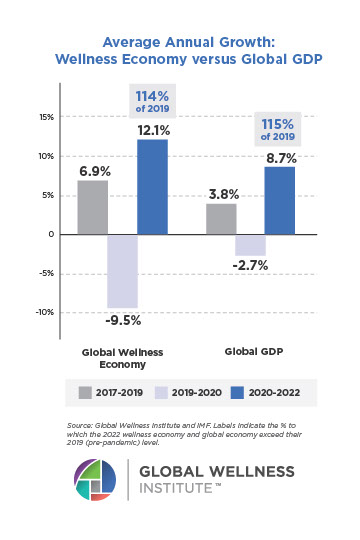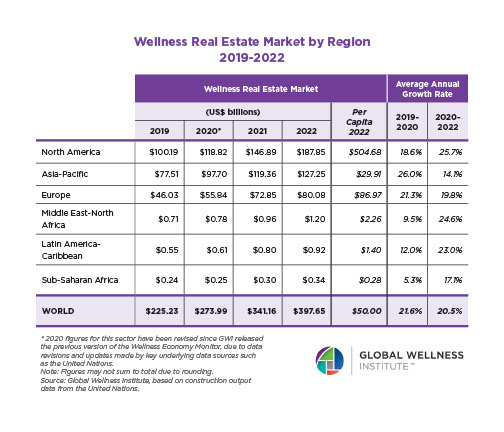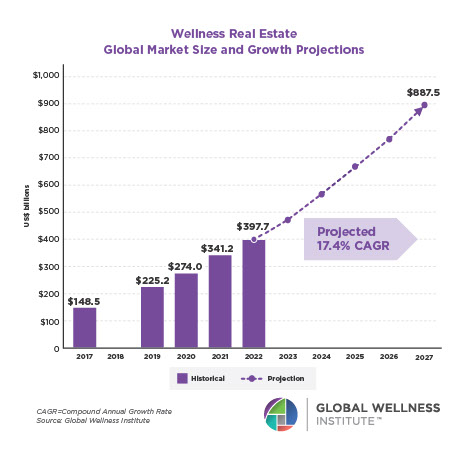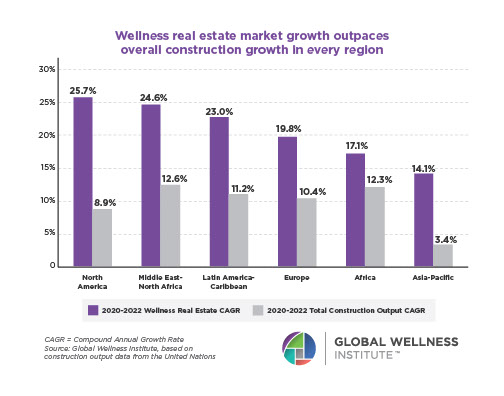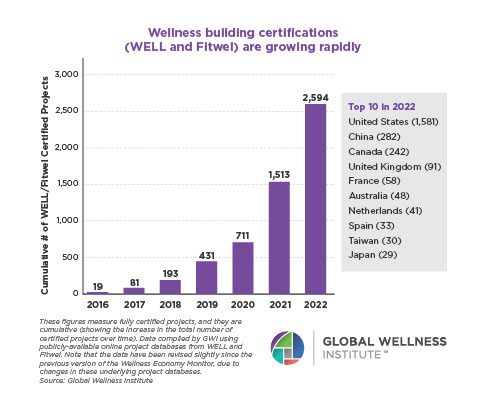
The Silver Tsunami Making Healthy Aging an Economic Imperative
By Thierry Malleret, economist
The world is aging at an historic rate: By 2050, there’ll be more than twice as many people aged 65-plus as children under five and seniors will represent 16% of the global population, up from 10% in 2022. With aging, of course, comes disabilities and chronic disease. The only way to prevent the fast-rising economic burden of age-related diseases—which severely threaten most countries’ financial sustainability—is to find ways to age more healthily. Because policies aimed at increasing fertility rates are unlikely to succeed, and boosting pension reforms will only provide a temporary respite, this is a golden opportunity for the wellness industry. You could say the future of wellness will be to compress morbidity into a shorter period at the end of life. There will be a much bigger focus on doing that both in natural and high-tech ways. But right now, the industry is focusing on too many unproven longevity “miracles.”
Aging in good health will increasingly become both a personal and national financial imperative. According to the UN World Population, by 2050 there’ll be more than twice as many people aged 65 and older as children under five, and seniors will represent 16% of the global population (up from 10% in 2022). Developing countries, lacking in most cases a strong social safety net, will be more at risk because they will have grown old before becoming rich, raising the specter of elderly poverty.
Since aging is now associated with an onset of disabilities and chronic diseases (reflected in a radical epidemiological shift, with ailments such as heart disease, cancer, diabetes, and Alzheimer’s surpassing infections as the leading causes of death), what’s to be done? The ONLY way to prevent the rising burden of age-related diseases to endanger fiscal sustainability (and economic growth) any further is to age healthily.
Since various policies destined to increase fertility rates are unlikely to work, and boosting pension reforms will only provide a temporary respite, this is a golden, once-in-a-lifetime opportunity for the wellness industry. In the foreseeable future, its overarching goal will be to decrease the years of disability-adjusted life (i.e., the years of life lost due to poor health, which are still increasing) or, put differently, to compress morbidity into a shorter period at the end of life.
The wellness industry can do this in two very different ways: one the natural way, and the other through technology.
- The natural way (free or inexpensive) consists in promoting simple wellness practices that contribute to healthier living, particularly in old age. Everybody knows that exercising, socializing, eating and sleeping well are conducive to healthy aging. The question for the wellness industry is how to better incentivize their adoption.
- The tech way (more expensive) consists in looking at geroscience, AI and big data to better understand how the root causes of aging could be targeted by therapeutic innovation. A considerable amount of money is invested by venture capital and foundations to turn scientific breakthroughs into products and treatments that will enable healthier aging—or better healthspan. Projects like the Hevolution Foundation (a nonprofit financed by the Saudi royal family, endowed with $1 billion per year for research on how to increase healthspans) are proof of this strong, enduring trend.
The Flip Side of Wellness Success
Success often comes with excess, which can take many different forms, ranging from financial bubbles to fads and “snake oil” solutions. The market for longevity and healthspan maximization is now replete with products and solutions that haven’t yet been peer-reviewed in major scientific publications, or whose efficacy has been questioned by health agencies. While the GWI’s WellnessEvidence.com shows that very small, preliminary studies suggest that whole-body-cryotherapy (WBC) may have a positive impact on issues like sleep quality or inflammation, the US FDA, for example, claims that cryotherapy’s overall healing benefits remain “unconfirmed” and studies on its impact on longevity don’t currently exist. The research for other “miraculous” longevity solutions, whether many supplements or extreme fasting, remains too weak.
The same also applies to our individual behaviors with the rising symptom of “wellbeing burnout.” A recent Global Wellbeing Report prepared by Lululemon (“The Pressure to Be Well”) concludes that “the constant pressure to improve our wellbeing is actually making us less well.” This is one of the greatest paradoxes of wellness: more and more people prioritize it, and yet the state of our average individual and collective wellbeing doesn’t improve.

